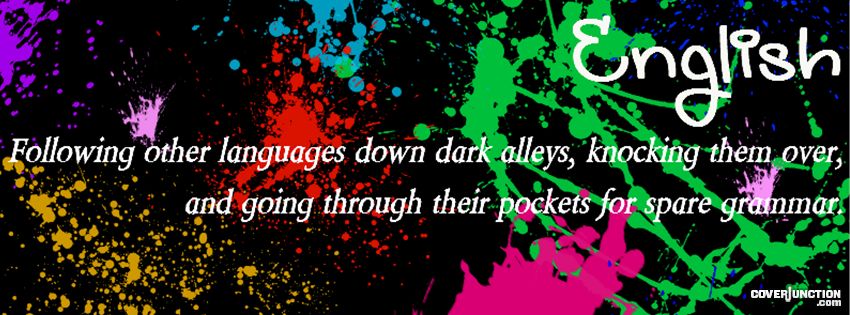Definition of Adjective
Examples:
 Large elephant
Large elephant Grey elephant
Grey elephant Friendly elephant
Friendly elephantAdjectives Modify Nouns
The word elephant is a noun. Adjectives are added to nouns to state what kind, what colour, which one or how many. Adjectives are said to modify nouns and are necessary to make the meanings of sentences clearer or more exact.Examples:
 Follow the yellow cab.
Follow the yellow cab.(In this example, the adjective 'yellow' modifies the noun 'cab'.)
 Craig caught another large bass.
Craig caught another large bass.(In this example, the adjective 'large' modifies the noun 'bass'.)
 It is the girl with the pale face again.
It is the girl with the pale face again. The principal words should be in bold.
The principal words should be in bold.(Beware of the adjective 'principal' - see right)
 The rusty nail he stood on was the cause of the infection.
The rusty nail he stood on was the cause of the infection.  Please put the old documents in the shredder.
Please put the old documents in the shredder. There is an essential matter we need to discuss.
There is an essential matter we need to discuss. Peter guessed the right number.
Peter guessed the right number.Adjectives Modify Pronouns
Although less common, adjectives can also modify pronouns.Examples:
 It is a blue one.
It is a blue one.(In this example, the adjective 'blue' modifies the pronoun 'one'.)
 Only a brave few have received a recommendation.
Only a brave few have received a recommendation. |
THE DIFFERENT TYPES OF ADJECTIVESAdjectives are describing words. However, there are many other words that are classified as adjectives, some of which do not fall easily under this description.PERSONAL TITLES Personal titles such Mr, Mrs, Auntie, Uncle, Dr and Lord are classified as adjectives when they are attached to a name.  The day after tomorrow, you can visit Auntie Pauline and Uncle Joe. The day after tomorrow, you can visit Auntie Pauline and Uncle Joe. The lecture on Friday will be presented by Dr Ingols and Prof. Munro. The lecture on Friday will be presented by Dr Ingols and Prof. Munro.POSSESSIVE ADJECTIVES Possessive adjectives are used to show possession. They are my, your, his, her, its, our and their. (They are also called possessive pronouns.) THE ARTICLES The words a, an and the are known as articles and are classified as adjectives too. 'A' and 'an' are called the indefinite articles, as they do not indicate a specific noun; whereas, 'the' is called the definite article, because it does point to a specific noun.  A cup (< any cup) A cup (< any cup) The cup (< a specific cup) The cup (< a specific cup)DEMONSTRATIVE ADJECTIVES Demonstrative adjectives are used to demonstrate or indicate specific things. This, that, these and those are all demonstrative adjectives.  If I hear that parrot again, I will call the RSPCA. If I hear that parrot again, I will call the RSPCA.('That' is a demonstrative adjective. It refers to a specific parrot.)  Medals will only be given to those runners who complete the marathon in Medals will only be given to those runners who complete the marathon inless than 8 hours. ('Those' is a demonstrative adjective. It refers to specific people.) INDEFINITE ADJECTIVES Unlike demonstrative adjectives, which indicate specific items, indefinite adjectives do not point out specific things. They are formed from indefinite pronouns. The most common indefinite adjectives are no, any, many, few and several.  The chief has heard many people make the same promise. The chief has heard many people make the same promise.(The indefinite adjective 'many' modifies the noun 'people'.)  According to a council spokesman, there are no wallabies left in Derbyshire. According to a council spokesman, there are no wallabies left in Derbyshire.However, over the past few months, many walkers have reported seeing several adults with young. (The indefinite adjectives in this example are no, few, many and several.) NUMBERS Numbers are classified as adjectives too.  Four dolphins stayed with the boat until dawn. Four dolphins stayed with the boat until dawn.(The adjective 'four' modifies the noun 'dolphins'.)  All we could muster was 9 cans of beans. All we could muster was 9 cans of beans.(The adjective '9' modifies the noun 'cans'.) |
